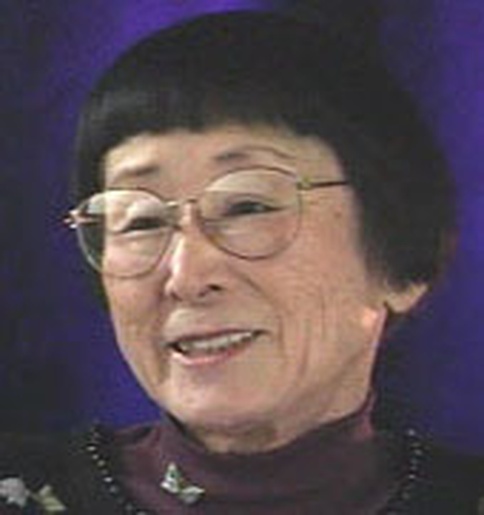

Voices from the Camps
 densho
densho
|

|
||
| Licensing | ||
Gila River - insects and dust in barracks
To view video, Click Here. Kay M. shares her memories of Gila River and getting used to the insects and dust in her barrack.
"Well there was, Camp One and Camp Two were similar. I mean, they were all barracks you know. Black tar paper on the wall, but then, some people said their ground, their floors were ground. But we had wood. But when we first went in there it wasn't a tight fit. And when the wind blows, or -- and we had lot of scorpions and Gila monsters and things like that come in. And some people, we've never had it in our bed, but they said they opened their bed and there was scorpions in there. And then I heard some people got bit, but I don't know anybody personally that got bit, it was just hearsay here again. But anyway, we would get up in the morning and clean up all our what little furniture we -- all our furniture was made by scrap lumber. And my husband, being a carpenter, he made me little vanity set and a little bench and things to make it look homey. But it was just white with dust. Because up there and down in there was -- and as we stayed the first winter, now it was cold, because whenever the wind blew through the cracks came in."
Kay M. Interview - Copyright © 1999 Densho. All Rights Reserved.
Gila River was located in a valley within the Gila River Indian Reservation in Pinal County, 50 miles south of Phoenix, 3 miles north of the Sacaton Mountains. Consisted of two separate camps: Canal and Butte, located 3.5 miles apart between irrigation canals. The 16,500 acres are in an arid desert valley with average summer temperatures over 100 degrees. Vegetation includes mesquite, creosote, and cactus.
Population Description: Held people from Los Angeles, Sacramento, and Amador Counties; 3,000 were sent from southern San Joaquin Valley; also held 155 Japanese immigrants from Hawaii. Canal Camp housed people from the Turlock Assembly Center and San Joaquin Valley, while Butte Camp housed people from the Tulare and Santa Anita Assembly Centers.
To view facts and photos of Gila River, Click Here to view Densho's interactive Sites of Shame map. Then click on the red dot corresponding to Gila River. Courtesy of Densho: The Japanese American Legacy Project
Based on this original

|
Gila River - insects and dust in the barracks |
 Voices from the Camps
Voices from the Camps
 Journal feed
Journal feed
